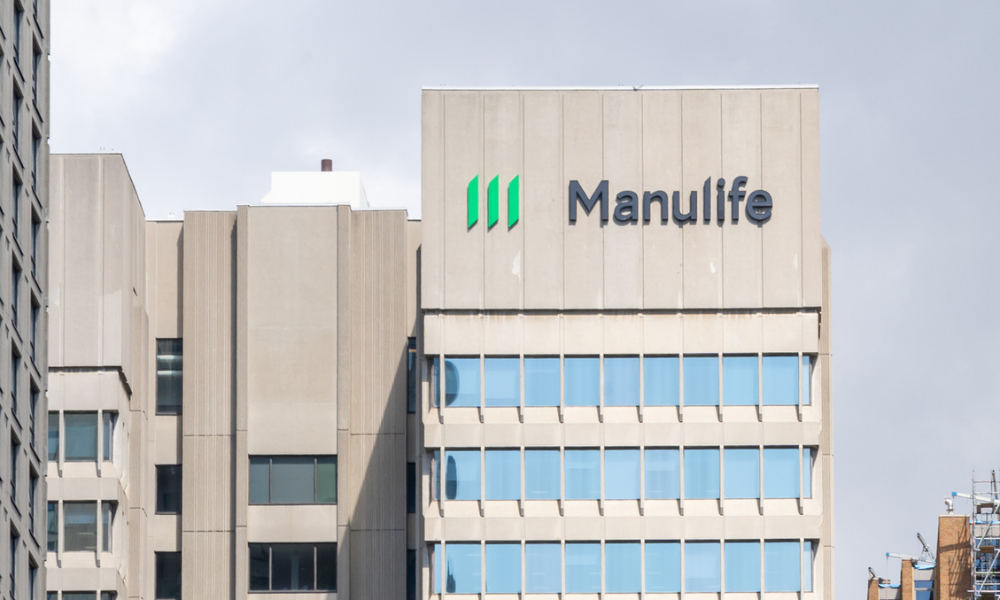Equiton explains what active management means in the context of a private REIT and how advisors can effectively assess property managers

Active management in private REITs involves bringing every aspect of the REIT under the direct purview of the asset manager, fostering greater operational efficiency and agility to deliver better investor outcomes while also enhancing resident experience.
This approach brings different operational elements of REIT management into alignment. From comprehensive due diligence preceding a purchase, through acquisition, tenanting, renovations, and ongoing property management, every stakeholder involved works towards a shared objective. The end result is a robust, portfolio of properties designed to drive better investor returns.
Geoff Lang, SVP of Business Development at private equity real estate firm Equiton, details the role of an active private REIT manager. He contrasts that with an approach that outsources aspects of property management. He explains how advisors can determine if a private REIT is actively managed and how they can assess the quality of that management.
The advantages of active management
Good active property management, Lang emphasises, begins with due diligence. When identifying opportunities in the real estate market, an active manager can see exactly how a property will fit in their existing operations and exposures. Decisions around purchasing are informed by data and measured by management expertise.
Once a purchase is made, an active manager will retain direct control of property operations, which can result in higher resident satisfaction and a capacity to uncover hidden value. At every turn, the property manager can swiftly implement renovations and improvements, leading to increased rental income. This can not only add value to the property but can also maximize investor returns. The manager can also leverage economies of scale when ordering supplies and choosing contractors further optimizing costs and enhancing efficiency.
Equiton, Lang says, has had its property management integrated into the company since 2020 under the Equiton Living brand. He pointed out this was a strategic move for the company as its senior leadership team has immense experience in the real estate industry.
“Having in-house property management allows for better control, operational efficiency, and a more holistic view of the multi-residential investment landscape,” said Lang.
Determining and assessing active management
As advisors look to determine if a private REIT is actively managed, Lang says the first thing they should look for is an integrated property management arm. Advisors can also look at annual financial statements and deployment of capital to determine how much of a financial interest a manager is taking in improving the properties they own.
As advisors work to assess the quality of an active manager, Lang says they can look at metrics like occupancy rate, capital expenditures, default rate, revenue gap to markets, and net operating income (NOI). Equiton’s Residential Income Fund Trust (Apartment Fund), he says, has a 98.55 per cent occupancy rate as at Q4, 2023. They deployed around $17 million in capital expenditures in 2023 to improve properties. Their average default rate is less than one per cent since inception, their revenue gap to market is 31.07 percent as at Q4, 2023 per cent, and their NOI has actually increased in the past three years, while both inflation and borrowing costs have risen.
Active management of their properties is at the core of what’s driven those strong metrics for Equiton. Lang notes that some managers may promise greater returns, but those returns often come with higher volatility. Equiton focusses on a conservative, stable cashflow-oriented strategy that many advisors are currently seeking out for their clients.
“We put risk mitigation first, Lang says. “Our approach is to lock in a solid interest rate, generate good cash flow, and maintain a robust NOI”.



